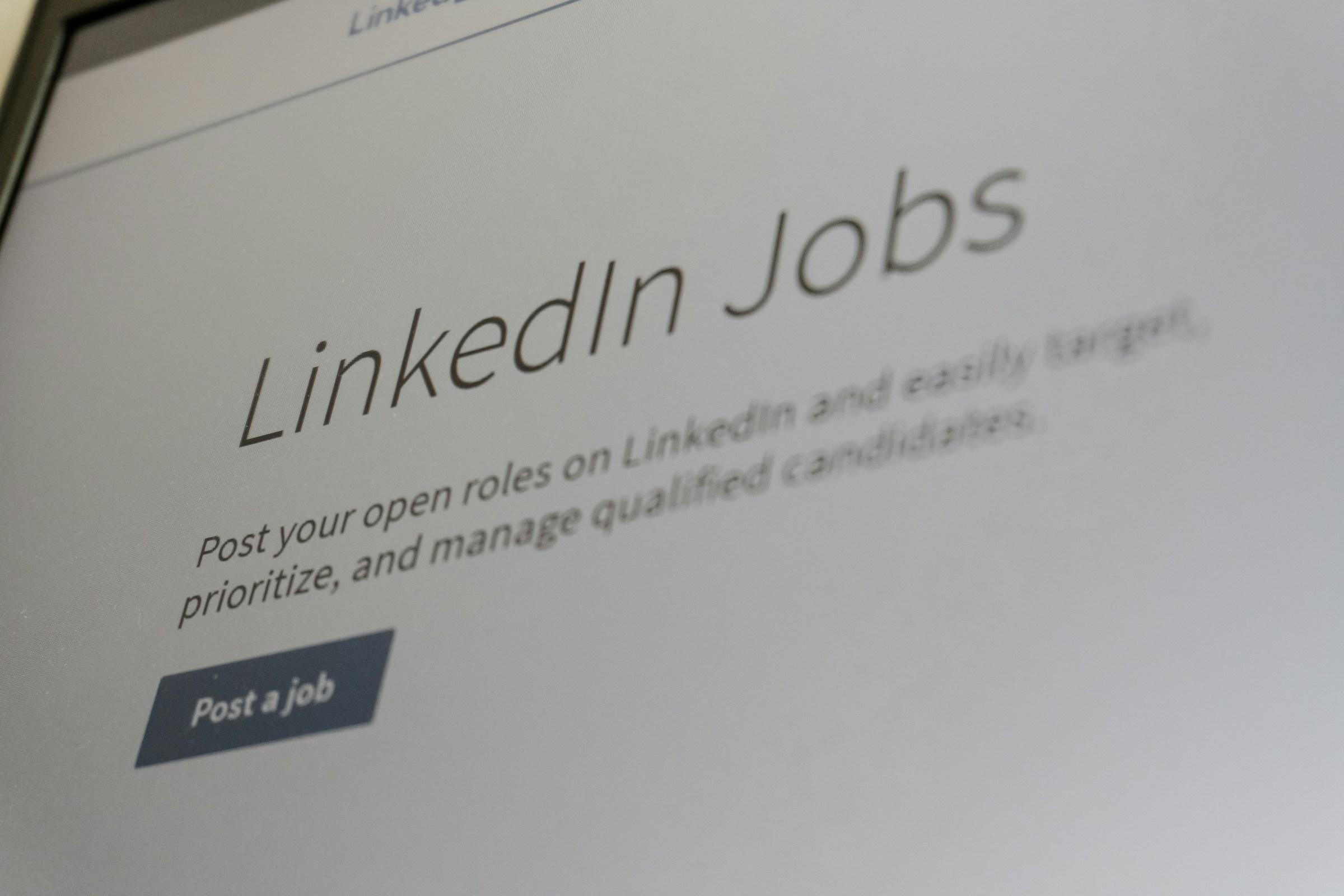There is a simple but uncomfortable answer to why ghost job postings exist. Companies treat vacancies as instruments of signaling, bargaining, and optionality. A posting can soothe markets without committing balance sheet dollars. It can pressure wage negotiations without adding headcount. It can harvest market data at the applicant’s expense. When budgets are fluid, a vacancy becomes a low cost financial option. The firm buys time while preserving the appearance of growth.
Consider the signaling function first. Public companies and late stage private firms manage narratives as carefully as they manage earnings. Visible hiring intent supports a story of pipeline expansion, product momentum, or regional entry. Boards read external sentiment into leadership credibility. Prospective partners and customers read vacancies as a proxy for capacity. In that context, withdrawing postings can be interpreted as retreat. Leaving them up costs little and keeps the storyline intact. The firm may be in a soft freeze, yet the external page shows forward motion. The choice is rational from a communications perspective, even if it introduces noise into labor statistics.
Optionality is the second logic. Budget allocations move with revenue visibility, contract timing, and macro shocks. A team that expects funds in the next quarter will keep roles visible in order to compress time to hire once a green light arrives. Pipelines are expensive to rebuild from zero. If the company is unsure of headcount authorization, the vacancy behaves like a call option on future growth. The strike price is the political capital required to convert intention into approved headcount. Until then, the posting is costless to carry. That option value is highest in volatile cycles, which is precisely when external observers would prefer cleaner signals.
Wage management is the third driver. Many firms benchmark compensation by testing the market. A vacancy elicits a distribution of salary expectations and skill profiles. This dataset informs internal bands, promotion decisions, and counteroffers. It also disciplines current staff. If a manager can cite a credible pipeline at a given price point, the negotiating position alters. In tight labor markets, this practice quietly anchors wage growth to external supply rather than internal productivity. That can look efficient on a quarterly cost line, yet it risks longer run attrition once trust erodes.
There is also a defensive use case. Some firms post to deter poaching or to reassure clients that delivery capacity exists even when it does not. Enterprise buyers want to know suppliers can scale. A steady stream of openings in key roles projects resilience. In services and implementation heavy businesses, this can help win or retain accounts during transitions. The practice can shade into misrepresentation, but it aligns with a commercial incentive that is hard to ignore when revenue is at stake.
Data extraction is another quiet incentive. Modern applicant tracking systems create a proprietary market map. Resumes reveal toolchains, pay signals, and team structures inside competitors. If a firm is assessing whether to enter a niche or build an internal platform, a flood of applications offers research that would otherwise require paid surveys or consulting. The ethics are debatable. The payoff is clear to operators who live inside quarterly planning cycles.
Compliance optics add a further layer. Firms that have made public pledges on inclusivity, local hiring, or graduate recruitment often track progress through surface metrics. Visible openings preserve the appearance of alignment while the company reconciles real constraints in visa processing, site permits, or client approvals. In cross border contexts, headcount announcements can also mesh with government engagement. Signals of domestic hiring can support grant applications or enterprise licensing discussions, even when conversions lag. The gap between pledge and payroll persists because it sits at the intersection of policy, reputation, and timing.
Budget mechanics matter as well. During reorganizations, leadership will post roles at a new level or title while waiting for internal moves to settle. External postings hedge against failed transfers or backfills that stall. In large matrixed organizations, closing and reopening requisitions across cost centers can trigger unwanted audits or budget resets. Leaving postings visible buys flexibility for HR without reopening the entire plan. The behavior is unglamorous, and it is largely invisible to outsiders who expect linear processes.
All of this produces consequences that extend beyond a single firm. Vacancy data that includes a meaningful share of ghost roles inflates the vacancy to unemployment ratio. Policymakers read that ratio for signs of labor market tightness. Misread tightness can sustain policy rates above what underlying demand would justify. That keeps capital costs higher for longer. In turn, firms that never intended to fill those roles face the very financing costs that keep hiring on hold. The feedback loop is small at the firm level and meaningful in aggregate.
For wage dynamics, the distortion is subtler. When workers experience repeated non-conversions from interview to offer, reservation wages drift downward. That can look like easing wage pressure. It may instead reflect applicant fatigue rather than true slack. The firm that treats postings as bargaining devices can extract short term cost control. The system as a whole can accumulate mistrust that shows up later as sudden attrition spikes or union support where none existed. Trust, unlike headcount, does not reappear on command.
Investor relations do not sit outside this story. Equity analysts track hiring as a proxy for growth conviction. A management team that keeps roles open during a cost discipline narrative communicates two messages at once. We are careful on expenses. We are not shrinking our ambition. The market often rewards that balance. Yet if repeated quarters reveal stagnant net adds, the same artifacts that once bought time become credibility liabilities. Sophisticated allocators notice the divergence between message and payroll. Sovereign funds and large pensions look through the postings to sustained revenue per employee and product velocity. The signal that matters to them is delivered software, not careers pages.
There are healthier alternatives, and some firms are moving toward them. One is the use of explicit talent pools. Instead of listing a specific role that does not exist, companies invite interest in a future hiring lane with honest timeframes. Another is dynamic transparency on requisition status. If a role is contingent on budget approval, the posting can say so. Both practices reduce optionality slightly and increase trust materially. They also align better with legal regimes that are tightening disclosure on salary bands and recruitment practices. Markets tend to reward predictable behavior. The same applies to labor markets.
Technology can help, but it can also entrench the problem. Automated refresh tools keep postings evergreen without human review. That reduces friction and preserves the look of momentum. It also detaches the external footprint from internal intent. Where leadership has chosen to prioritize clean signaling discipline, the fix is not more software. It is governance. Treat job postings as controlled disclosures. Tie them to headcount approvals and review cycles. Align communications, HR, and finance on a single threshold for external publication. The companies that do this will still build pipelines and protect wage discipline. They will do so without corroding trust or confusing policy readers.
Why does the practice persist if the costs are real. Because the benefits are concentrated and the costs are diffused. The firm extracts signaling value and information in the near term. The erosion of data quality, policymaker misreads, and applicant cynicism land later and across the system. In periods of macro uncertainty, executives value options. Ghost job postings are an option that looks inexpensive. The price, however, is cumulative and paid in credibility.
The answer to the headline is therefore not that companies simply lie. It is that they arbitrage imperfect information in a way that rewards narrative control and budget flexibility over clean labor market signals. In a world where policy, capital, and brand all watch the same public page, the incentive is durable. The fix is not outrage. It is better alignment between disclosure and decision. This posture may look minor to operators juggling quarterly plans. It is not. Over time it shapes wage dynamics, trust in hiring markets, and the credibility of the data that central banks and allocators use to read the cycle.
This behavior will not vanish with a single policy shift. It will recede where governance tightens, disclosure rules sharpen, and leadership sees that reliable signals lower long run capital costs. What appears to be a recruitment artifact is, in context, a macro signal with balance sheet consequences. Markets will adjust. Serious operators already are.














